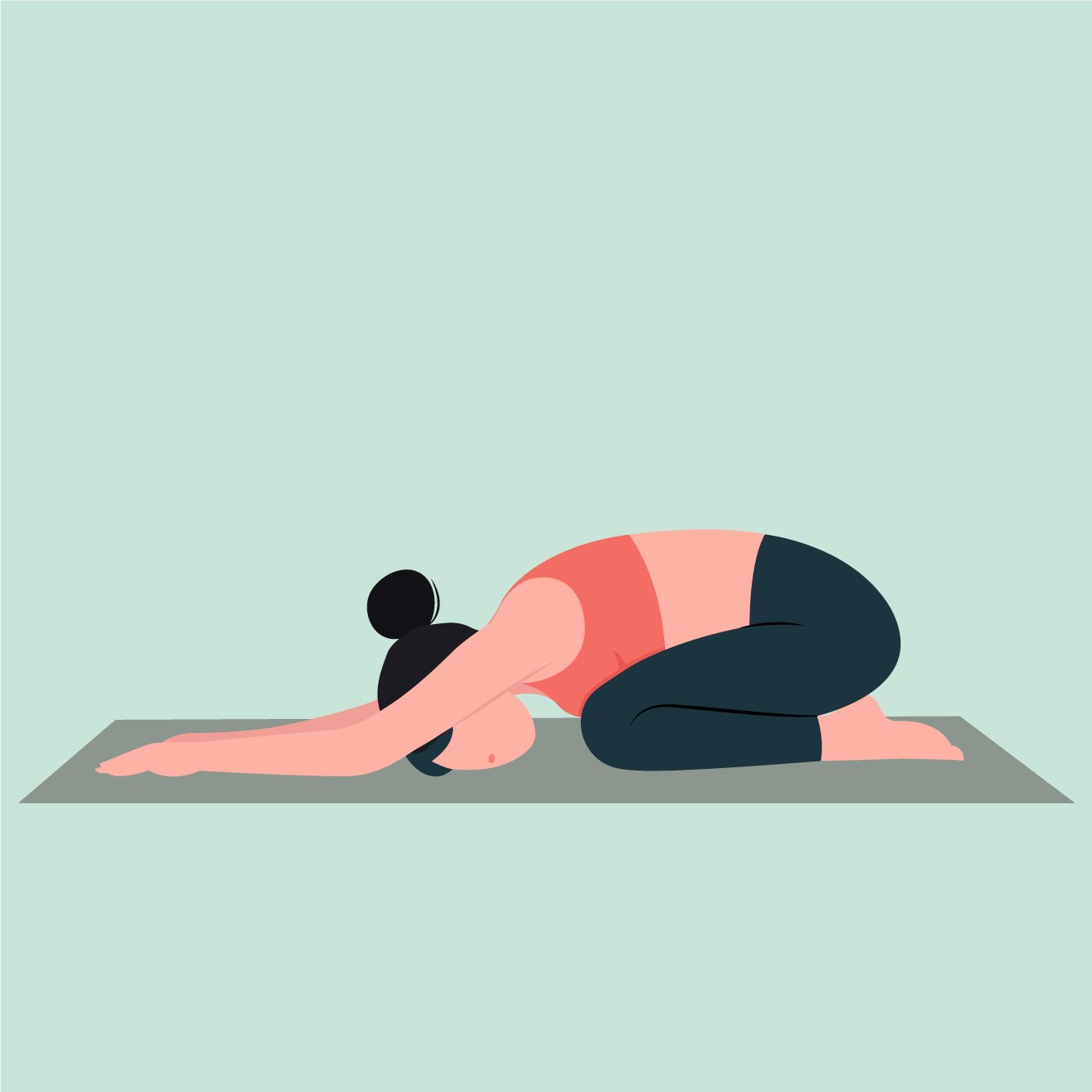Return to Running After ACL Surgery
“When can I get back to running?”
This is one of the most common questions we get asked by our patients during ACL rehab.
You will commonly see the 12-16 week mark as the timeframe in which ACLers begin to run again, in some capacity. But let’s dive into what factors need to be considered before making a return to running decision and why the 12-16 week mark may not be ideal for you.
1) Tissue and Graft Healing Times. While 12-16 weeks should be enough time for graft and tissues to heal and be pain free, it’s important to understand that what SHOULD happen, doesn’t always. We commonly see cases where patients have pain at their graft site or areas where the graft was harvested after 12-16 weeks. Pain in those areas with activities like walking, squatting, etc. is an indication that there is something going on and those tissues need a little more time or attention before you expose them to a high impact activity like running. Running while you still have pain is never a good idea.
2) Strength. Again, running is a high impact, physically demanding activity. You need to earn the right to run. One of the ways you earn it is through having prerequisite strength measurements. Meeting these numbers allows both providers and patients to know that your muscles have enough strength to help attenuate force so that force doesn’t just get absorbed by the knee and it’s passive structures (I.E. ACL). Building strength takes time and consistency and takes longer for some than others.
Each ACL rehab is unique so beginning to run at 12-16 weeks post-op may not be ideal for you.
3) Movement Quality. Now, just because your muscles have the strength to attenuate force DOES NOT mean that your movement patterns allow that to happen. Running requires a concert of muscles to work together in order to be done safely. Oftentimes, patients who undergo ACL surgery are afraid to load their quads appropriately and adopt an altered movement strategy (commonly a hip dominant strategy) to avoid loading their quads despite having enough prerequisite strength. We need to understand that with normal running mechanics, the quads MUST be loaded appropriately. If you avoid loading the quads all together (due to pain, fear, etc.) you are creating faulty movement patterns that will only increase the risk of injury to other areas.
So back to the original question of “when can (you) get back to running?”
In conclusion, the short answer is: when you are ready. Having a timeframe goal of when to get back to running is a good thing, but understand that you may need to be flexible and hold off on running until you know you are absolutely ready.
Other Posts You Might Like
















